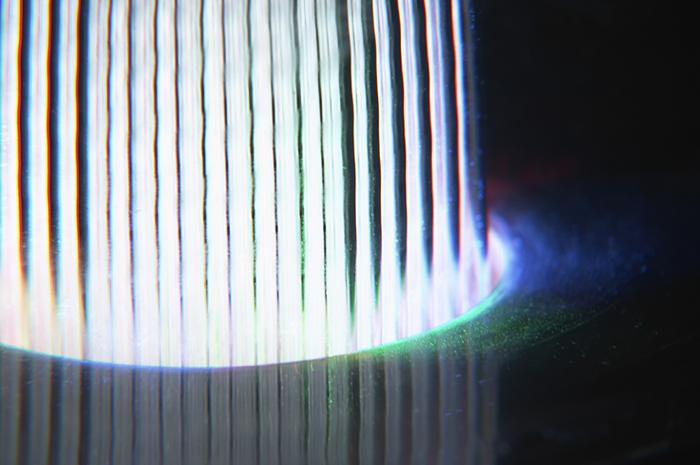The New South Wales government has announced $300,000 over three years to fund a partnership between photonics researchers in Australia and Israel to develop a communications system that will speed up the next generation of computers.
The Australian Research Council Centre of Excellence for Ultrahigh Bandwidth Devices for Optical Systems (CUDOS) at the University of Sydney will work with Technion – Israel Institute of Technology.
Photonics and optics are used throughout communications networks, using optical fibres as light pipes and lasers to generate light pulses that carry information. The result is faster computing speeds.
“This partnership allows us to work together on fundamental aspects of nanophotonics towards realising chip-based optical interconnects which can revolutionise computing – dramatically increasing the available bandwidth and, therefore, processing speed,” said CUDOS director, Benjamin Eggleton.
“We will explore new science at the frontier of photonics that will help realise radically new functionalities and improved performance for on-chip photonics.”

Ruth Ratner, president of Technion Australia (NSW), added, “The potential benefits to the people of NSW and Israel, and beyond, will be great.”
Jillian Skinner, NSW minister for health and medical research, said the NSW government decided to fund the research because of its potential applications, including for medical imaging and defence and security.
Read more: Budget 2014 - Govt funds new Bureau of Meteorology supercomputer
“This is a relatively small investment in a project that will not only cement a sustained collaborative research framework between two first-class universities, but has the potential to reap significant rewards for NSW through scientific breakthroughs and commercialisation outcomes.”
The University of Sydney recently collaborated with the University of Tokyo and the Australian National University to develop what they say is the world’s largest quantum circuit board, an essential component in high-powered laser light computers.
At the same time, researchers at Swinburne University are working on a project to speed data transmission in optical networks that is inspired by the wings of the Green Hairstreak butterfly.
Follow Adam Bender on Twitter: @WatchAdam
Follow Computerworld Australia on Twitter: @ComputerworldAU, or take part in the Computerworld conversation on LinkedIn: Computerworld Australia

